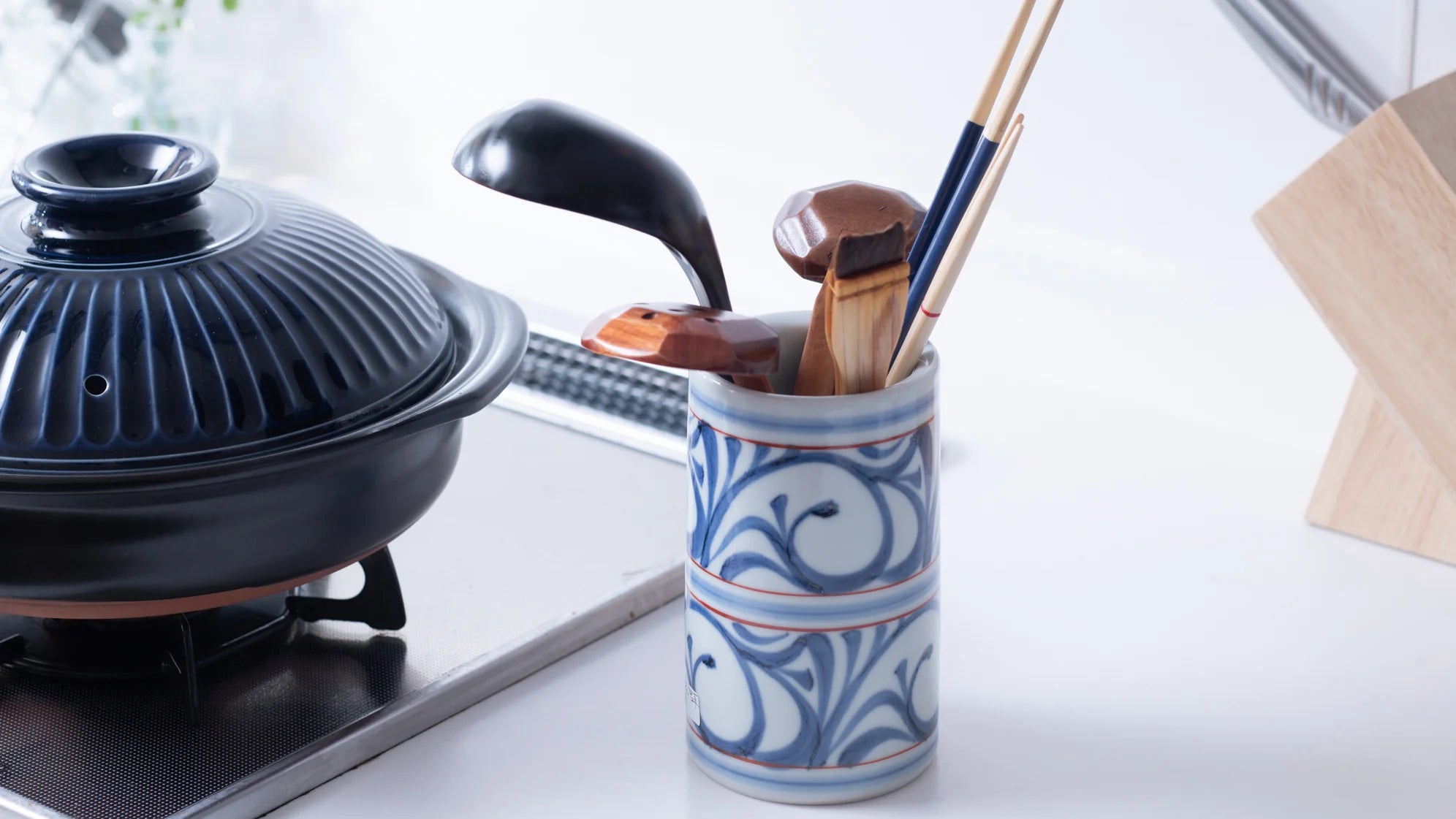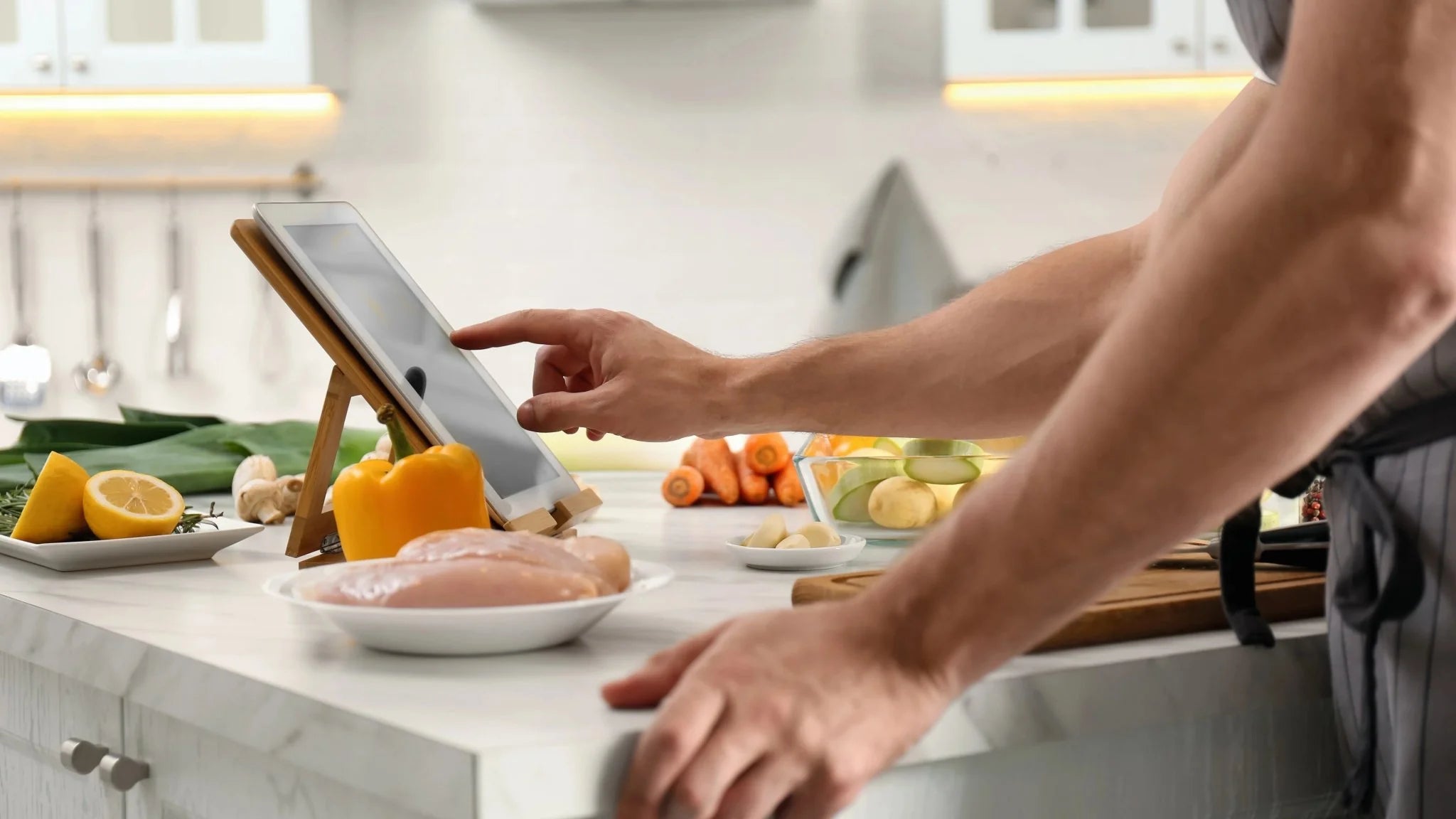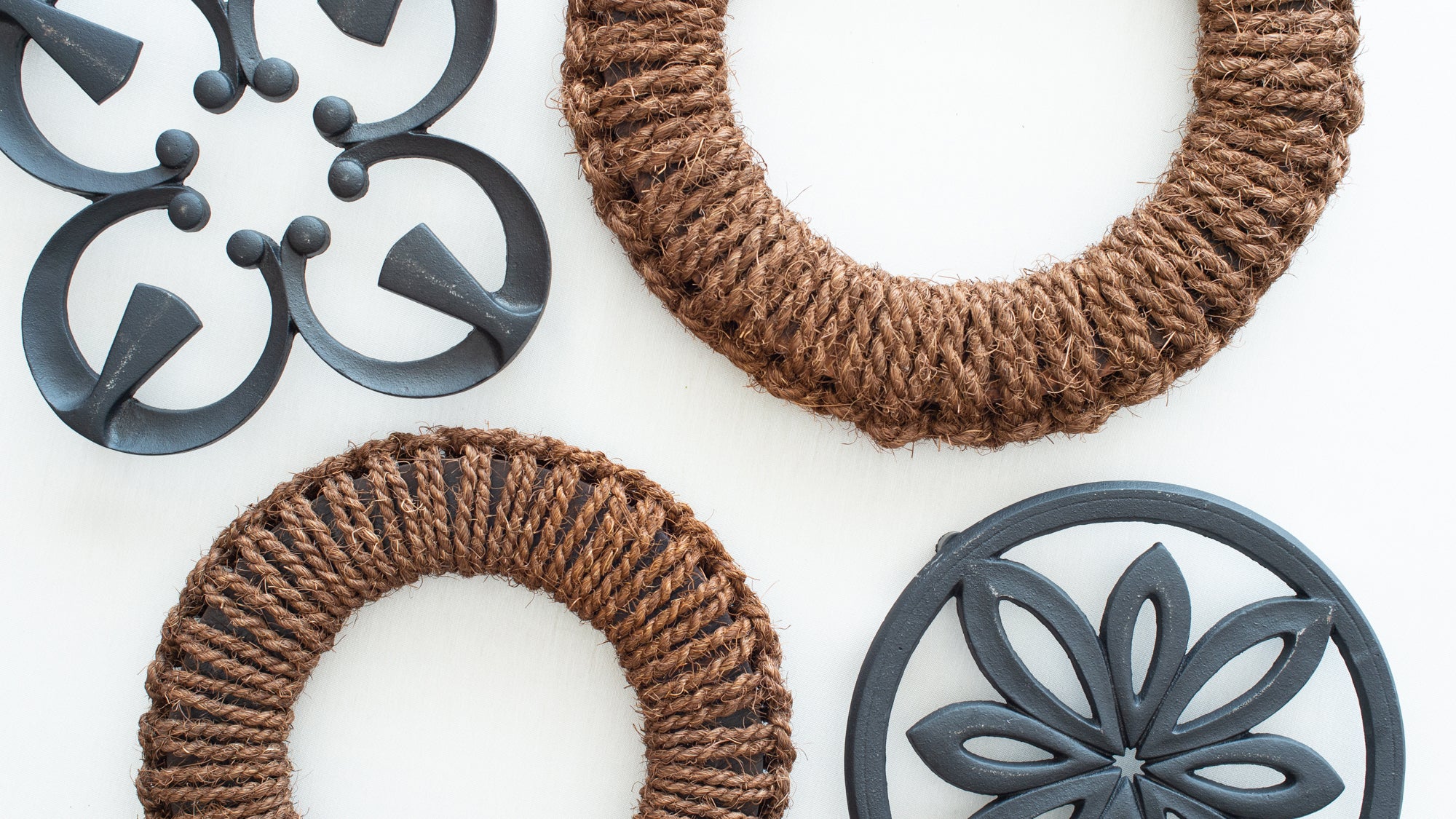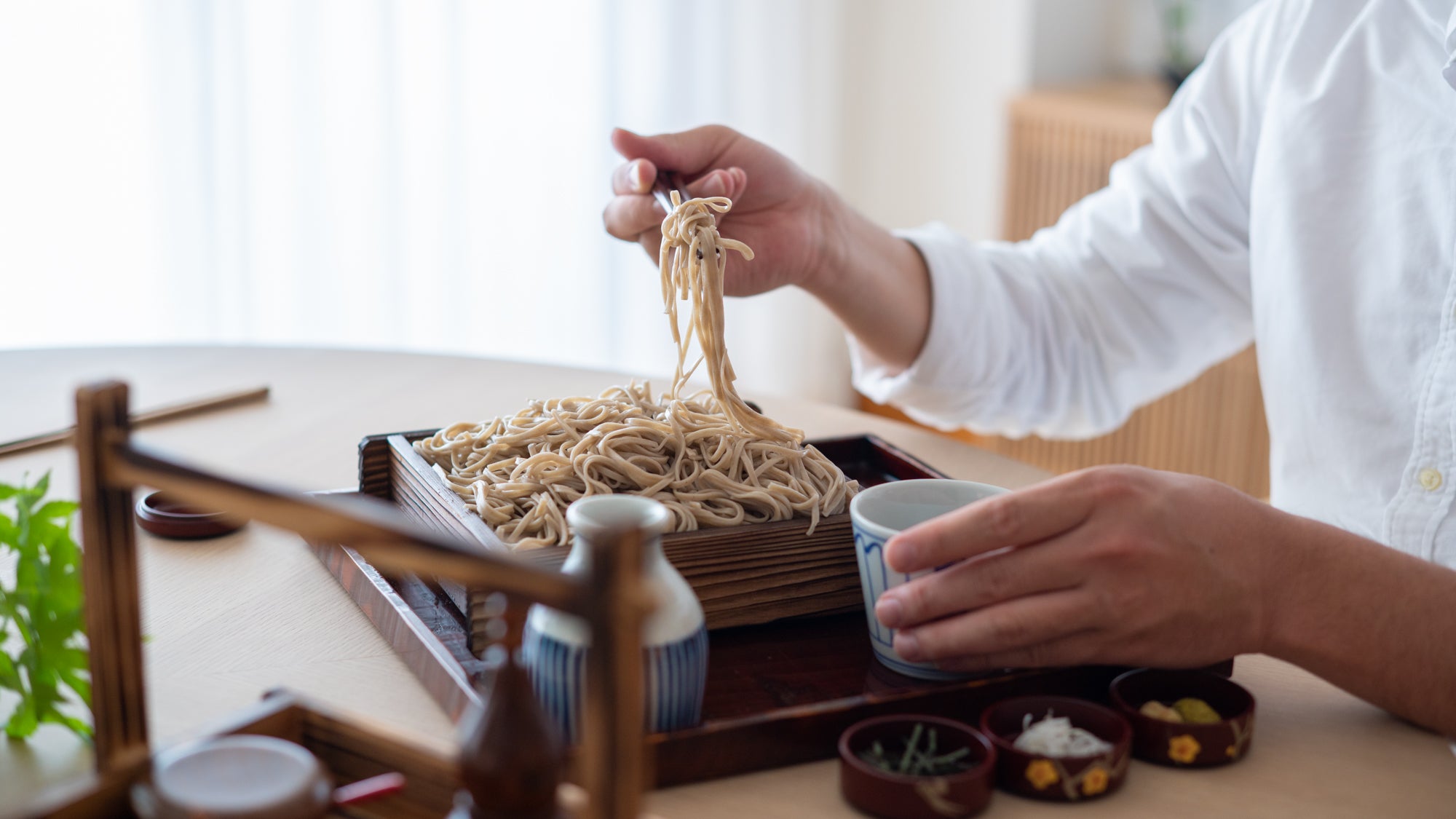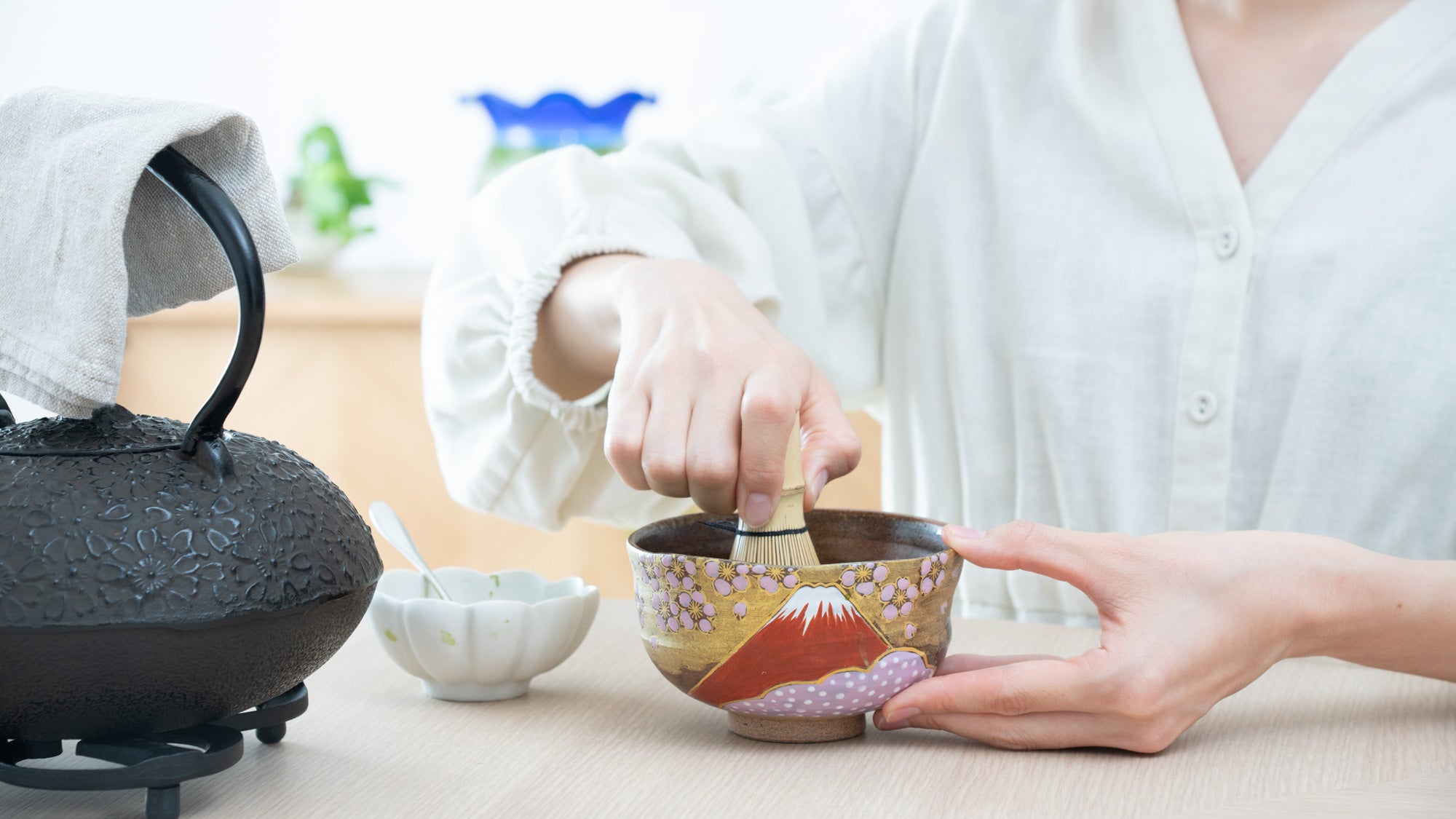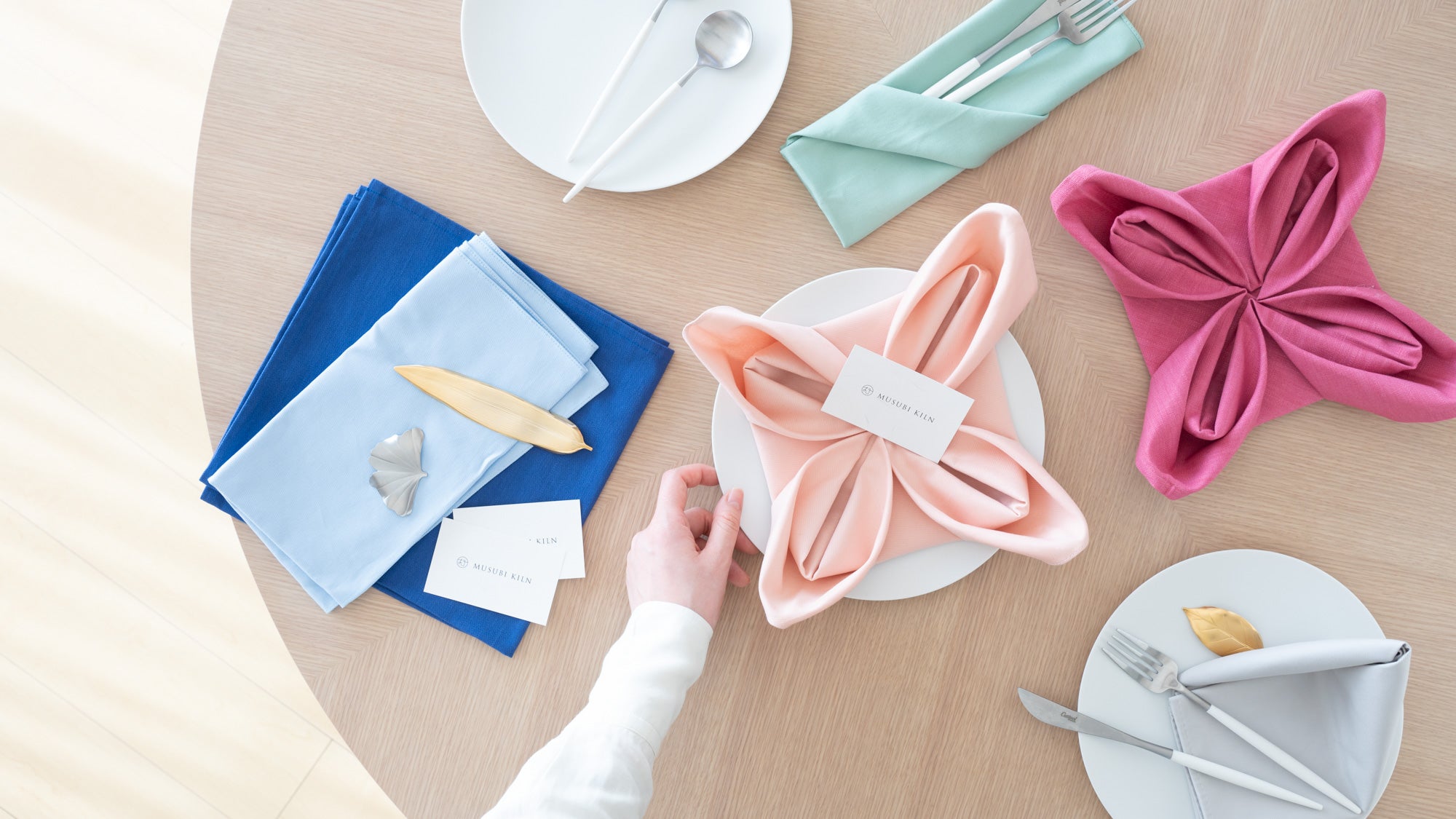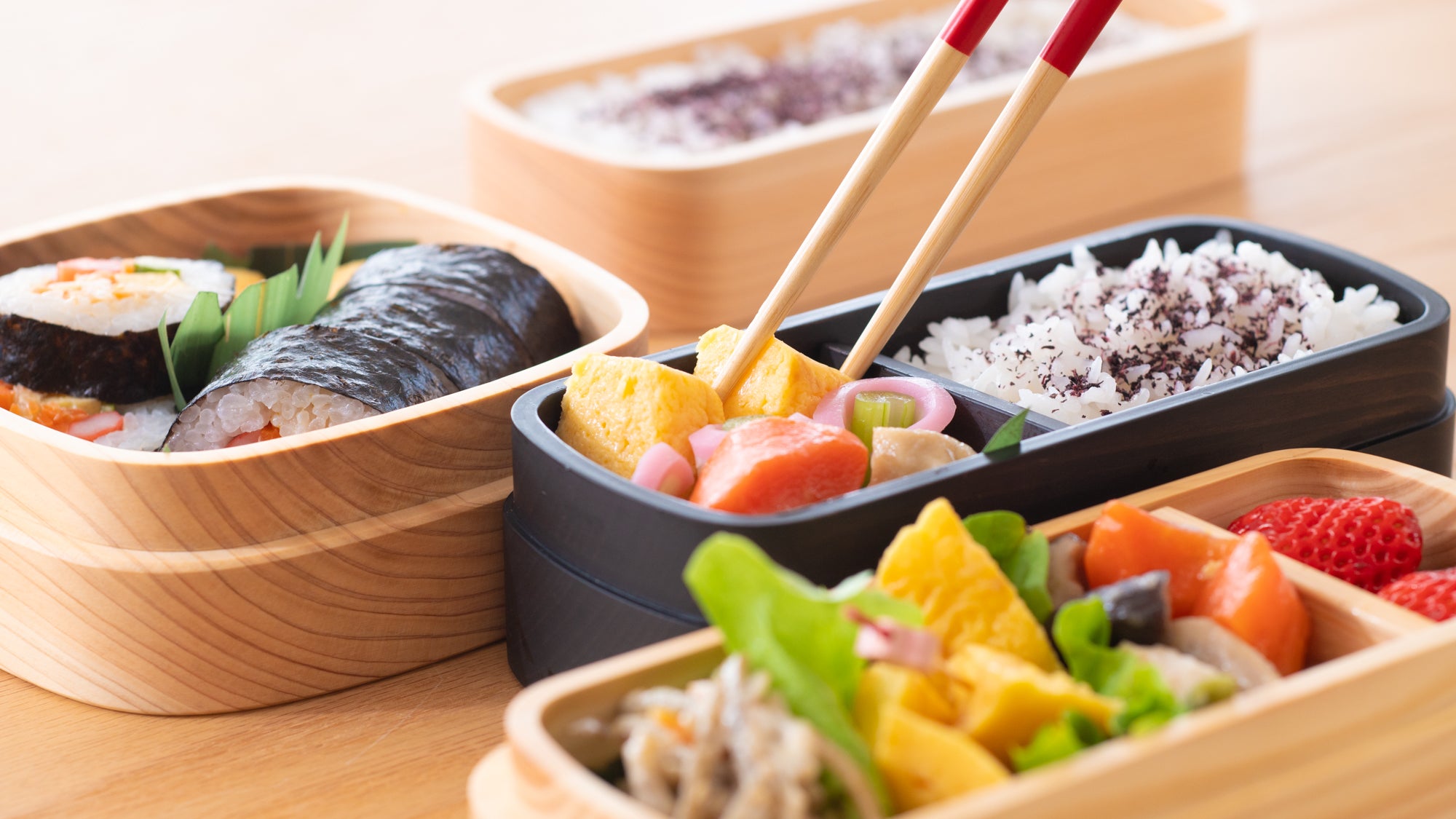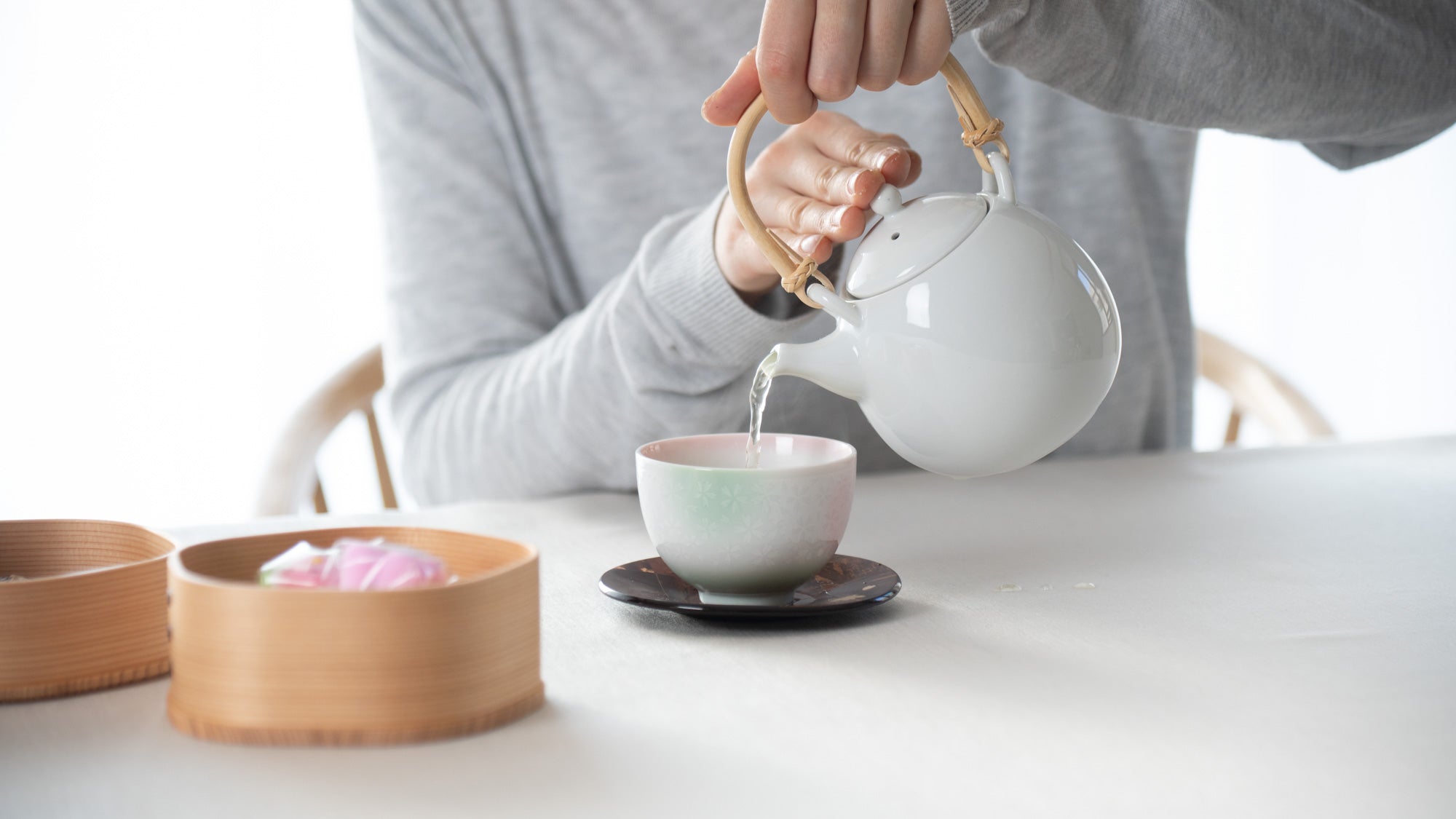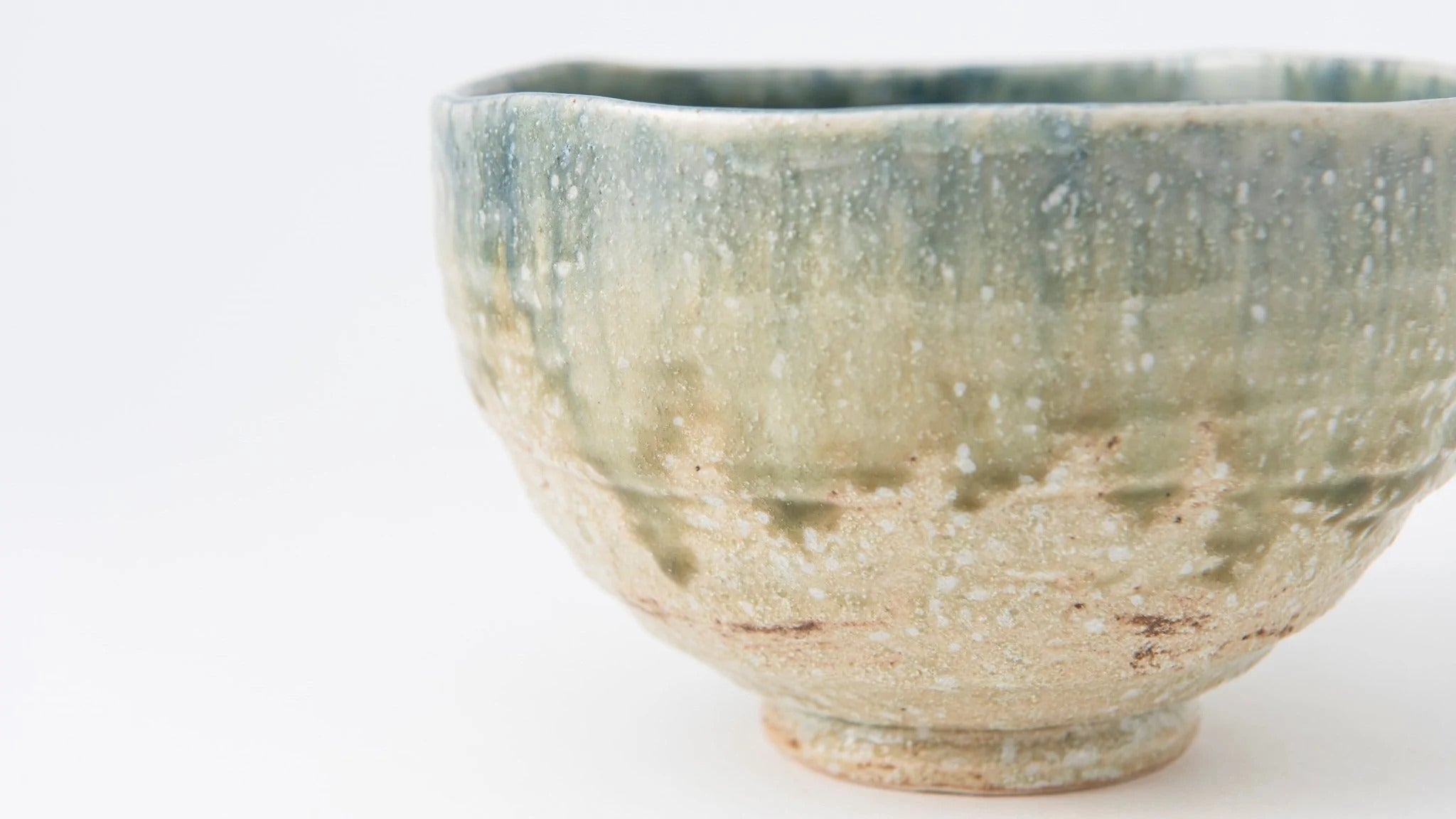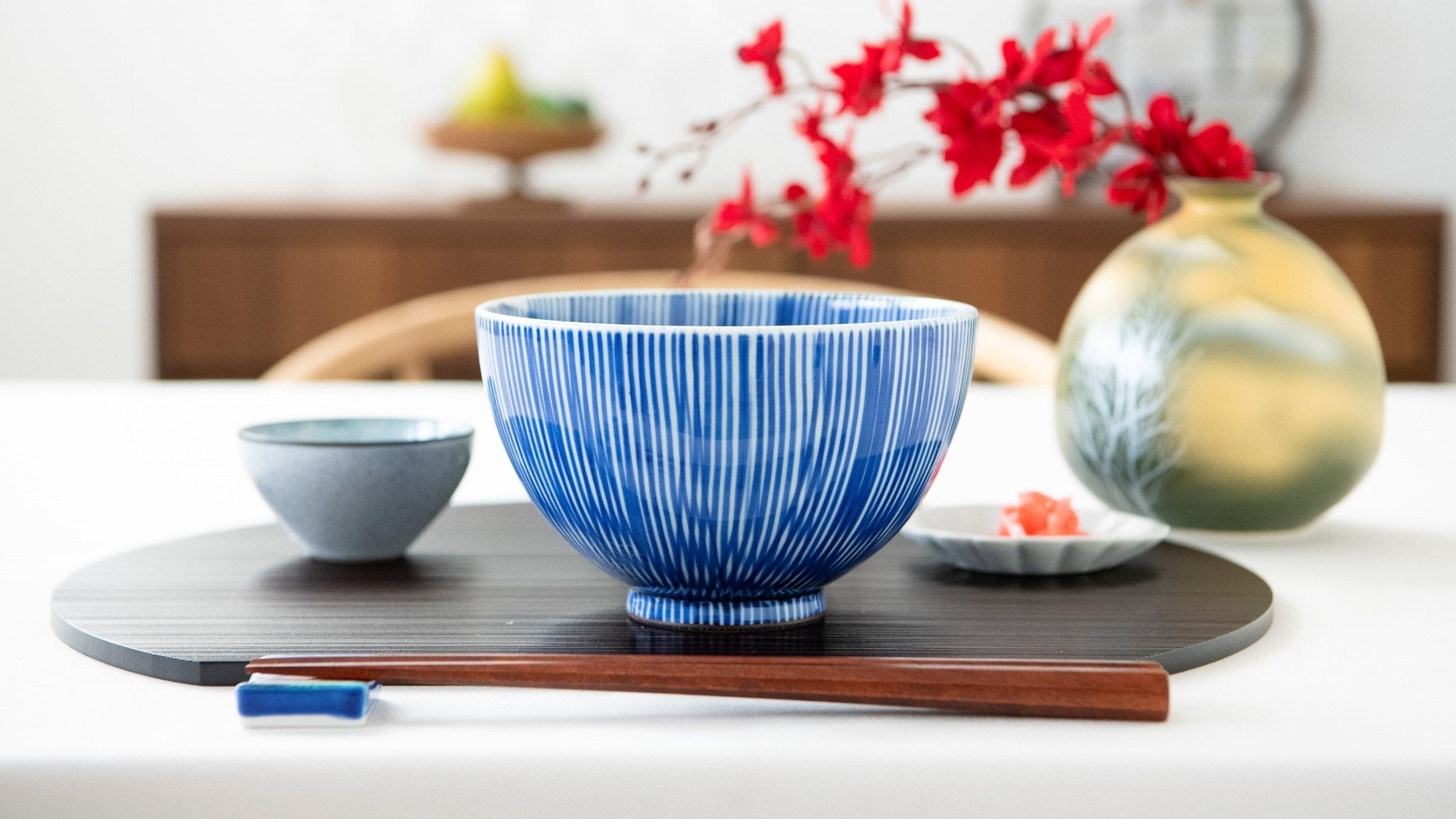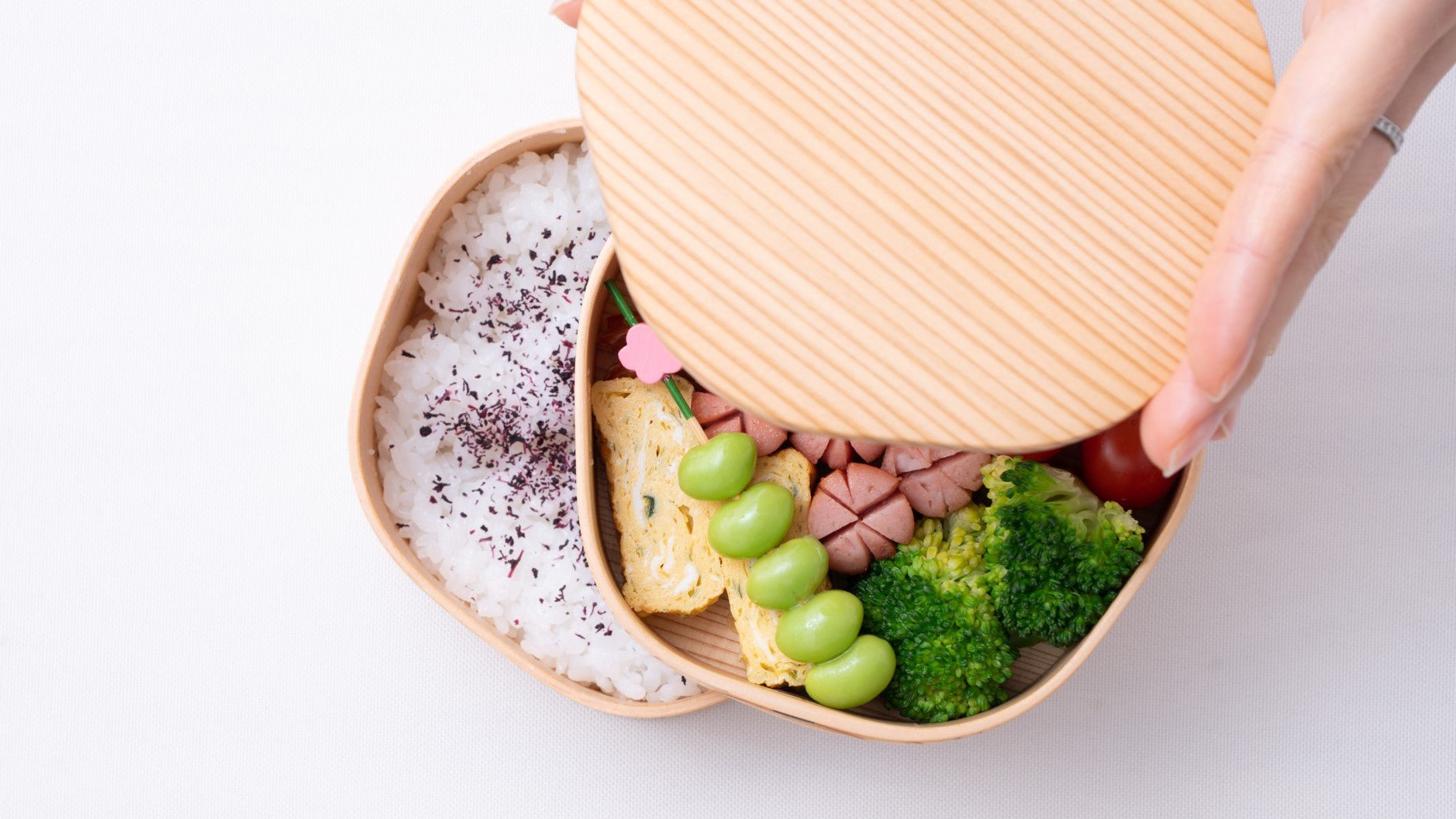The Japanese tea is a culture that brings relaxation and peace to the mind, and connects the time spent with those who share it with you.
In ancient times in Japan, tea was a medicine and the tea ceremony was the specialty of Buddhist monks, and it was a social activity for the nobility. Today, tea culture is open to everyone on a daily basis.
Among them, Sencha (a whole-leaf green tea) can be easily enjoyed at home and shared with the whole family. Japanese tea utensils were brought from China in ancient times and developed uniquely to suit Japanese culture, resulting in a variety of types dedicated to Japanese tea.
If you want to enjoy authentic Japanese tea, Japanese tea ware is a must-have item. Here is a detailed explanation of each tool.
If you’d like to see a fine Japanese Tea Sets, please click here.
Contents
- Japanese Teapot "Kyusu"
- Japanese Teacup
- Japanese Coaster ”Chataku”
- Japanese Tea Canister "Chazutsu"
- Japanese Teaspoon "Chasaji"
- Tea Box "Chabitsu"
- Iron Kettle "Tetsubin"
Japanese Teapot "Kyusu"
In Japan, tea pot is called Kyusu. It is the most basic tool for brewing various types of tea, including Sencha green tea.
Japanese Kyusu are not only functional, but also elaborately designed, with a wide variety of styles ranging from simple and beautiful pieces that make the most of the characteristics of the clay to those with gorgeous paintings and decorations.
Also they are available in a number of shapes and materials, so choose the one that best suits your own use and preferences.

Type of Japanese Teapot
The Kyusu made in Japan, has a wide variety of designs, especially for the handles. Each one has its own usability.
Uwade Kyusu–Top-Handle Teapot
The top-handle Kyusu is an easy-to-hold style especially when filled with freshly boiled water. It is also easy to use to serve a small group of people because it is often larger in size and easier to lift even if it is heavy with a large amount of hot water.
Yokode Kyusu–Side-Handle Teapot
Yokode-handle Kyusu is the most common and traditional style of teapot in Japan.
The spout and handle are almost perpendicular to each other, allowing for a more elegant gesture when pouring tea while holding the lid with the other hand, and easier pouring of tea into the tea cup in front of you.
Ushirode Kyusu–Back-Handle Teapot
Ushirode-handle Kyusu is the most common style of teapot for use in China to Western. The spout and handle are in a straight line, making it easy to pour for a person sitting face to face.

Type of Tea Strainer
Japanese Kyusu teapots come with a variety of tea strainers in styles appropriate for that teapot.
"Sasame" tea strainer is recommended to fully enjoy the aroma of tea.
Band strainer is less clogging, and the tea leaves open quickly after hot water is poured, allowing for fast brewing of aromatic tea.
Flat strainers(Sawayaka Strainer) would be ideal for fine tea leaves due to the fine mesh size made of stainless steel.
Cup strainer is suitable for those who want to enjoy tea easily because it is easy to dispose of tea leaves.

Tea with Kyusu Material
The taste of tea changes not only with the temperature of the water and the type of tea, but also with the material of the teapot.
Unglazed earthenware Kyusu is the best for mellowing the flavor of green tea, and Tokoname Ware Kyusu in particular is the best in Japan.
If you want to enjoy the original bitterness of tea, we recommend Kyusu made of glazed porcelain or heat-resistant glass. Also popular are Kyusu made of iron, which retain heat and have a stately design.

What Tea Experts See
To let the steam from the tea escape is to let the aroma of the tea escape. For this reason, Japanese tea connoisseurs are very concerned about the fitting between the body of the Kyusu and the lid.
Tokoname Ware Kyusu are excellent in this regard, and even though they are handmade, they are highly precise and have a structure where the lid fits perfectly.
Size
A large capacity teapot with more than 500ml (17oz) capacity that can make a lot of tea quickly and easily is recommended for daily tea time with your family.
For tea leaves that are brewed slowly at a low temperature, such as Japanese Sencha green tea, a teapot with a capacity of around 300-400ml (10-14oz). is recommended for small groups.
If you want to enjoy the highest quality of Japanese green teas, the smaller sized teapot "50-200ml (1.7-6.8oz) is for you.
Japanese Teacup

Most Japanese-style teacups do not have handles and are small in size, making them suitable for concentrated tasting of tea.
The heat you feel and the manner in which you drink tea will vary depending on the make of that cup, so choose the cup that best suits your favorite style of tea. There are also a wide variety of designs.

Type of Japanese Teacups
Yunomi
The Yunomi type is the most commonly used Japanese teacup in daily tea time and has a larger capacity.
It is suitable when you drink Bancha or Hojicha. In sushi restaurants, tea is traditionally served in a Yunomi.
They are often cylindrical or rounded and tall in shape, and are often seen in sushi restaurants.
Kumi-dashi
In contrast, the Kumi-dashi type cup is shorter and has a wider rim, giving it a semicircular silhouette when viewed from the side.
Basically, it is used for serving Japanese tea to guests. Most are made of porcelain and are thinly made, so they are not suitable for tea brewed in boiling water, but for special teas brewed at lower temperatures, such as Gyokuro.
The wide frontage also allows you to enjoy the color of the tea.
Soba-Choko
Sobachoko is a popular Japanese tableware because it is originally designed to hold soba dipping sauce, but can also be used as a teacup, dessert cup, or sake cup, making it versatile for all purposes.
As a teacup, it has characteristics in between those of Yunomi and Kumi-dashi, making it suitable for any kind of tea for daily use.
At Formal Occasions
Kumi-dashi teacups express more thoughtfulness to guests by adding lids and coasters. The lid can keep the tea warm, and the matching coaster is ideal for enjoying a more elegant tea time.
At Personal Time
Japanese teacups do not have handles, so they are hot when held in the middle. It is common practice to hold the teacup by the rim and place the other hand on the bottom when drinking, so as not to burn yourself if you drink hot tea.
Therefore, it is easier to use a teacup that is warped around the rim or has a firm base.
Standard Size
Yunomi: 180-300ml (6-10oz). Approximately 6.5-8.5cm(2.5-3.3in) in diameter and 8-10cm (3.1-3.9in) high. For example, Sushi restaurants traditionally use large Yunomi.
Kumi-dashi: 120-200ml (4-7oz). Approximately 8-10cm (3.1-3.9in) in diameter and 5~6 cm (1.9-2.4in) high.
Soba-choko: 150-250ml (5-8.5oz). Approximately 5-7cm (1.9-2.7 in) in diameter and 5-6 cm (1.9-2.4 in) high.
Japanese Coaster "Chataku"
What is Chataku?
Strictly speaking, coasters and “Chataku” in Japan are two different things. A coaster prevents water drops from falling when a cold drink is placed on it.
A Chataku retains heat and prevents cold air from the table from being transferred to the cup and cooling the tea.
Also, The use of a Chataku eliminates the need for the person serving the tea to hold the cup's drinking cup. So Chataku is an essential item for entertaining guests.
Selecting Chataku
Chataku can be used in several ways depending on the season and occasion.
The most common type is wooden, and lacquered ones are luxurious and perfect for hospitality. Bamboo ones are good for summer and also can be used with glass cups as coasters.
When choosing a Chataku, make sure that the indentation of the Chataku is large enough in diameter for the cup's base to fit in.
Catering for guests
Until the tea is carried to the entrance of the guest rooms, the cup and Chataku are carried separately on a tray to avoid spilling the tea on the Chataku. Then the cup is placed on the Chataku and then carried to the customer with both hands.
If wooden saucers are used, it is Japanese etiquette to place them so that the grain of the wood is parallel to the guest.
Standard Size
Chataku is approximately 12 cm (4.7in) in diameter.
Japanese Tea Canister "Chazutsu"
A tea canister is called a “Chazutsu" in Japan and is a special container for storing tea leaves. This item is necessary to protect tea leaves from moisture and oxidation and to brew delicious tea.

Tight Seals
When choosing a tea canister, make sure that it is airtight, which is a top priority.
Tea leaves deteriorate and lose their flavor due to air and moisture, so they must be kept tightly sealed for a good brew. We recommend a lid that closes tightly with no gaps, or one with an inside lid.
About Materials
Since tea leaves also deteriorate even under light, light-shielding materials are recommended for storing tea leaves in glass shelves or other light-exposed areas.
There are various materials such as copper, brass, and wood, all of which are suitable for tea canisters due to their high light-shielding properties.
While taking light shielding into consideration, choose a material that matches your home interior and the teapot or teacup you have. Wooden tea canisters are said to absorb excess moisture and keep tea leaves in optimal condition.
However, in extremely humid or dry regions, the wood may expand and contract, making it difficult to close the lid, in which case a metal tea canister is a good choice. Some are made with a metal base and decorated with beautiful wood barks.

Optimal Size
We recommend that you choose the capacity of the tea canister according to how much tea you usually drink. Basically, choose one that can store the amount of tea you can drink within one month after opening.
The amount of tea leaves needed for one cup of tea is about 3-4g (0.1-0.14oz), so if you drink one cup a day, you need about 90-120g (3.1-4.2oz) in a month.
The capacity of tea canisters is often set by each product's "how many grams of sencha tea can be contained," with 100g (3.5oz), 150g (5.3oz), and 200g (7oz) being the most common.
If you drink a cup of tea every few days, a tea canister with a capacity of 100 g (3.5oz) is recommended, and if you drink tea with a large group, a 150- to 200-g (5.3-7oz) canister is recommended.
Japanese Teaspoon "Chasaji"
What is Chasaji?
Chasaji is a measuring spoon for tea leaves, even smaller than a common teaspoon, and is used to scoop tea leaves when brewing matcha, black tea, green tea, etc. They come in a variety of materials and designs.
Optimal Size
The capacity of a Chasaji is often half that of a teaspoon, which is approximately 5 g (0.2oz) per scoop.
For delicate measuring, a tea spoon with a short handle is suitable for taking tea leaves from a tea canister. For scooping matcha powder, a long handle is often used to avoid getting powder on your hands.
Japanese Tea Box "Chabitsu"
A tea chest, called a "Chabitsu", is a container that holds a set of Sencha tea ware such as tea canisters, tea cups, and Kyusu (teapot).
The lid can also be used as a tea tray. It is very convenient to have a Chabitsu ready for use when you have a sudden visitor. And your guests will be impressed by your thoughtfulness.
How to Use
A teapot, cups, and saucers can be placed in the Chabitsu to facilitate the preparation of tea when guests arrive.
If the Chabitsu is large enough, a tea canister can be placed in it as well. In that case, you need to make sure that there is enough height to accommodate the tea canister.
If you enjoy matcha green tea, it is also a good idea to put a set of matcha utensils in the Chabitsu.
About Materials
The most common materials used for Chabitsu are wood, resin, and Japanese lacquerware. Wooden Chabitsu are luxurious, resin Chabitsu are easy to use, and Japanese lacquerware become more durable with use and age.
Also Chabitsu made of Kabazaiku (cherry bark craft), a traditional Akita Prefecture craft, is a very popular interior decoration item.
Standard Size
Chabitsu vary in size, but generally measure 30-40cm (11.1-15.7in) in diameter and 10-15cm (3.9-5.9in) in height.
*The tea box in the image will be sold at MUSUBI KILN.
Iron Kettle "Tetsubin"
Tetsubin is an iron kettle used to boil water for brewing tea. In Japan, Nambu Tekki (ironware), a traditional craft of Iwate Prefecture, is well known.
Although there are some items that are similar to Nambu ironware teapots, the difference is the inner coating. While ordinary teapots are enameled on the inside, Nambu ironware teapots have no coating.
Therefore, when water is boiled in a Tetsubin, iron ions dissolve in the water and act like a supplement, which is good for your health.
If the Iron Kettle is to be placed on a table, a trivet is necessary.
Standard Size
They range from as small as 0.6 liters (20oz) to as large as over 2 liters (68oz).
A full 1-liter (34oz) size weighs about 3 kg(2.2lb).














